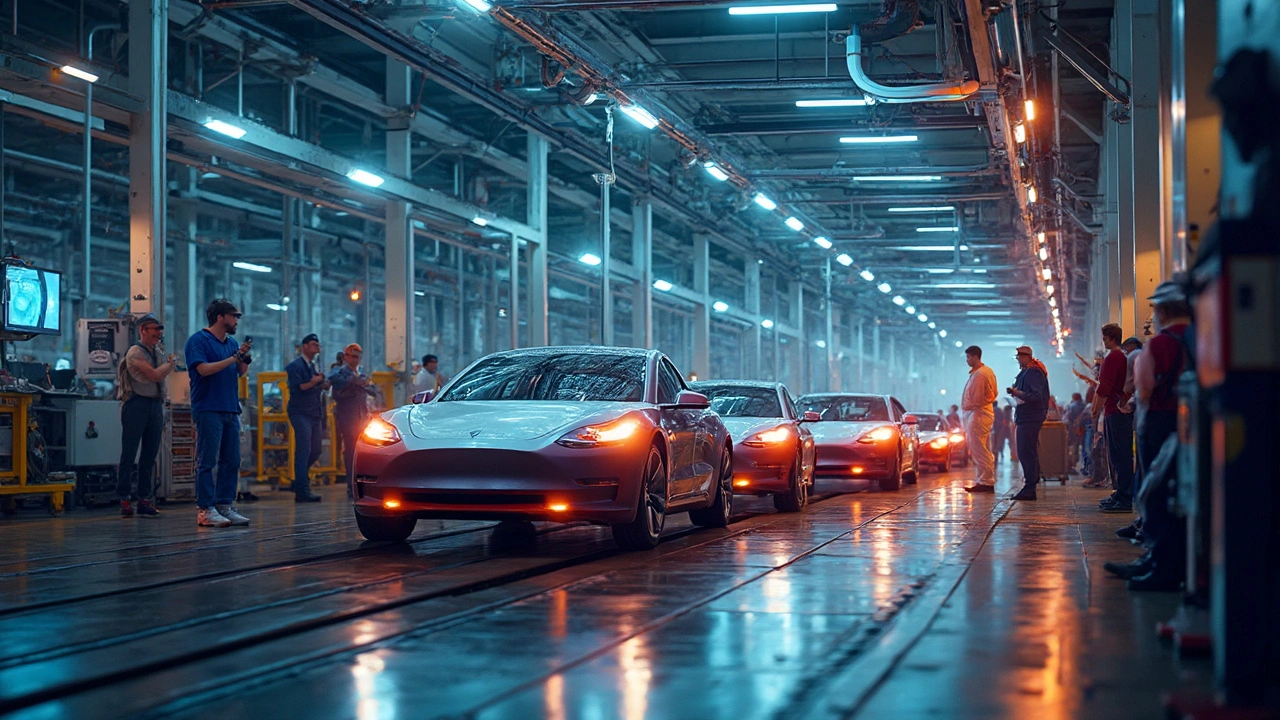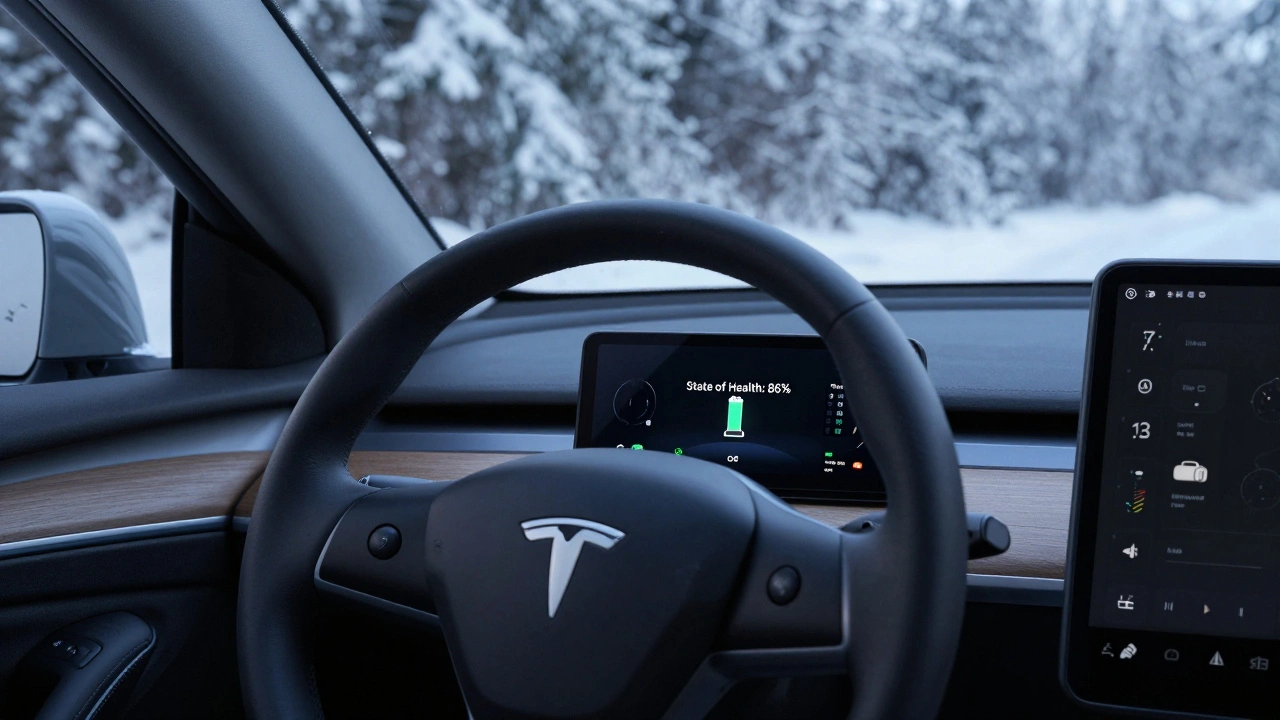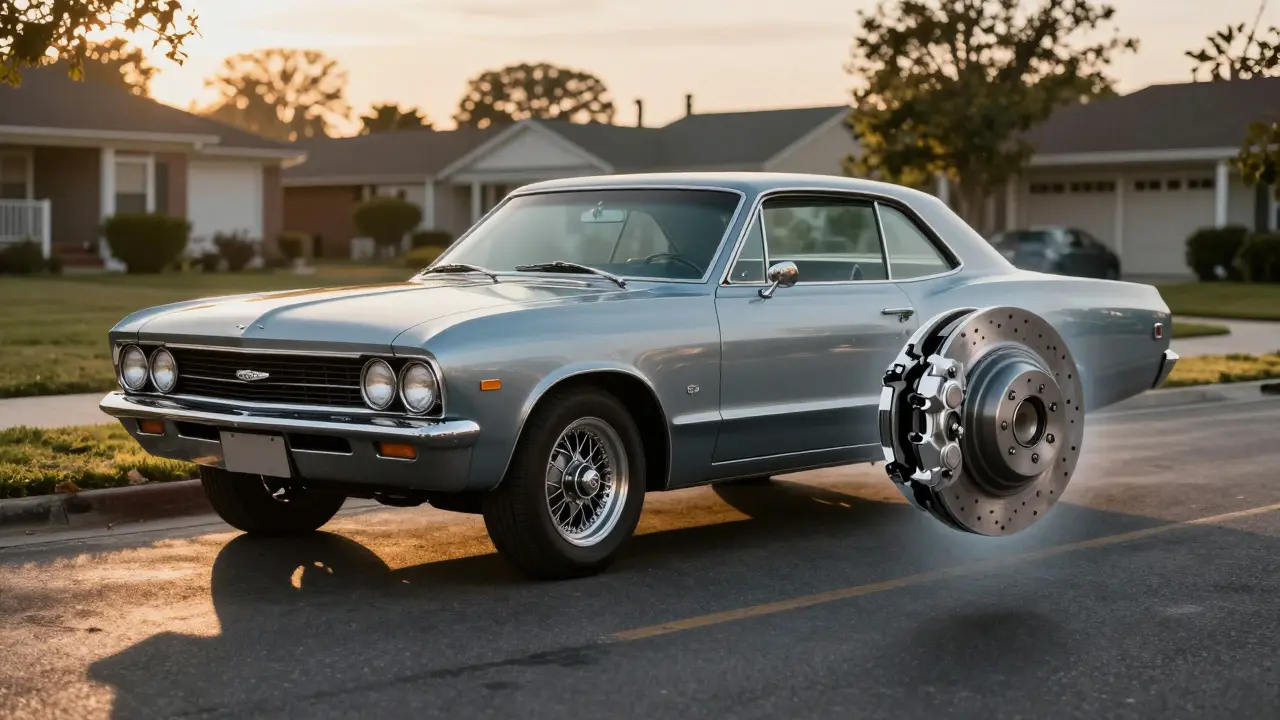Automobile Manufacturing: What Really Happens Behind the Scenes
Ever wondered what it takes to build a car from scratch? It’s not just about robots and giant assembly lines—there’s a lot more happening in automobile manufacturing than you might think. From the engine down to each bolt, the process turns raw materials into the machines we drive every day.
Car manufacturing kicks off with an intricate web of auto parts suppliers. Some companies focus only on engines, others make electrical systems, and a bunch just produce seats or dashboard panels. Automakers put all these together, syncing deliveries and timing so production goes off without a hitch. If you thought one plant builds a whole car, guess again. There’s a global system at work, and delays in one country can stop the line on the other side of the world.
The auto industry is all about innovation now. Take electric vehicles, for example. Automakers have shifted from traditional fuel engines to electric motors, investing big in battery tech and lightweight materials. That’s why you’re seeing cars with longer ranges and more features for less money each year. And, have you heard about 3D-printed parts? Factories use them for custom components and fast repairs, helping boost design flexibility without slowing down production.
But it’s not just about building faster. Automakers are seriously focused on being cleaner. There’s a big push for eco-friendly car parts—think recycled plastics, soy-based foam in seats, and water-based paints that cut harmful gases. Factories themselves are trying to waste less and recycle more, aiming for low-carbon operations and greener products. These changes aren’t just for image; government rules and savvy buyers are demanding less pollution and more resource-smart cars.
If you like a peek at what happens as a car gets made, picture hundreds of workers and robots working side by side. One line takes care of welding the frame, while another team installs electrical wiring, then it’s over to paint, and so on. Quality checks pop in everywhere, from laser measurements to test drives within the plant. Automakers can’t afford mistakes—just one faulty part can mess up safety or the car’s performance, so details matter at every step.
On top of that, the supply chain has gotten super complex. Some companies source parts from dozens of countries to get the perfect mix of price and performance. That’s great for keeping costs down, but can get messy if something disrupts shipping or a supplier faces shortages. The last few years have shown how one little hiccup, like a chip shortage, can stall entire factories.
Curious what’s next for car manufacturing? Watch trends like automation, smart factories, and digital twins—virtual models that simulate exactly how a car gets built before anyone spends a penny. These make it easier for companies to spot problems and save time. Whether you geek out over tech or just want to know why some cars cost more than others, understanding how automobiles get made offers a ton of insight into what you drive and why it matters.

Automobile Manufacturing Trends: Electric Cars, Automation, and Global Shifts
- 10 Comments
- Jun, 17 2025
Explore how car manufacturing is shifting fast: EVs rise, robots join the line, and factories rethink where to build. Get fast facts and smart tips for today and tomorrow.




